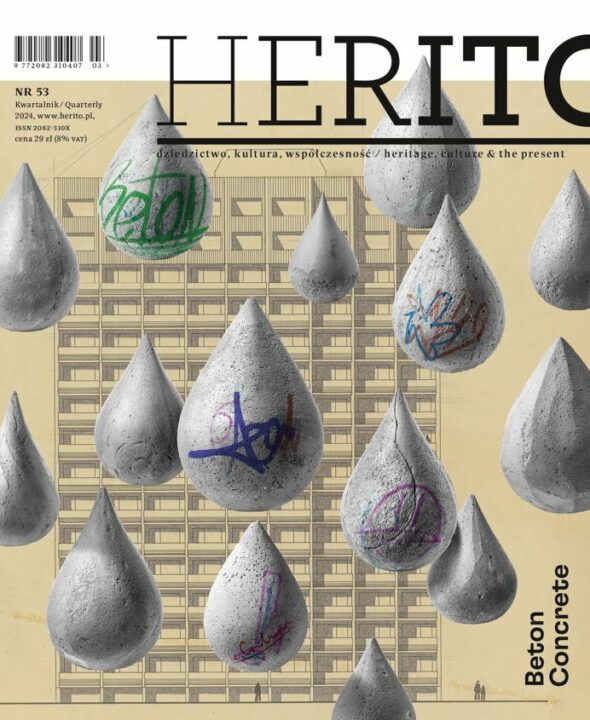Magazines list (49)
Sort:
A Century On from the Great War
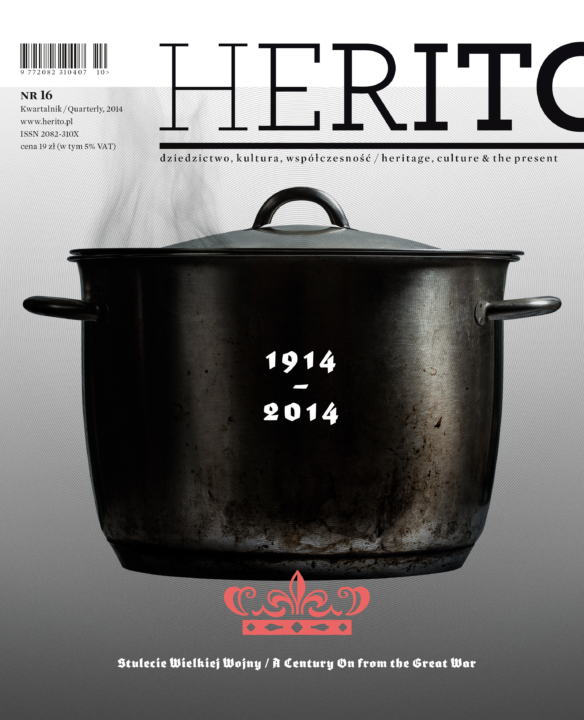
We, nations of Central Europe would not be there, sovereign in our own states, without that war. The long 19th century held no encouraging prediction for any auspicious turn of history. Since the Napoleonic revolution was suppressed, despite attempts repeated hither and thither, there have been no major disturbances in the peace and stability between the great powers of the Holy Alliance; even though there were constant disturbances, and temperaments were heating up; even though civilisational progress, and national and class emancipation gained incredible momentum. Until everything erupted in 1914.
Premiere:2014
Art Is Changing (a) Place
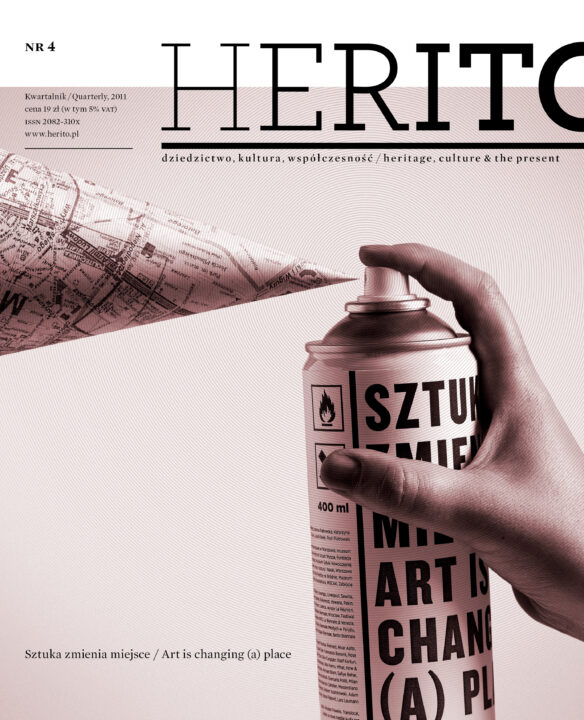
To say that art is changing is to state the obvious. But the question of the way in which it is changing is not so trivial.
Premiere:2011
Austria

We look at Austria through rose-coloured glasses, as a country where everyone loves waltzes, Mozart, Sacher cake, coffee, schnitzel and beer, albeit in a different order. Meanwhile, we are forgetting how varied the country is in terms of its geography, culture, and identity, stretched between two lakes – Neusiedl and Constance. Austria did not emerge ready-made on the map of Europe, but gradually built its identity and shaped its image.
Premiere:2021
Balticum
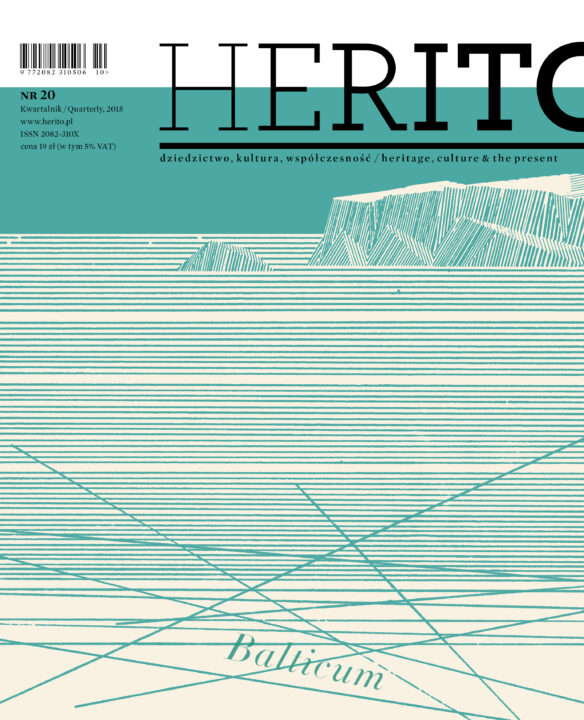
The Balticum as a geo-cultural community? Arguments to support this claim would probably be as numerous as sceptical voices. But it is not a question of evidence. Another issue seems to be much more important: why is it advisable to think in terms of large geo-cultural regions and what possibilities are openedby such thinking?
Premiere:2015
Banat
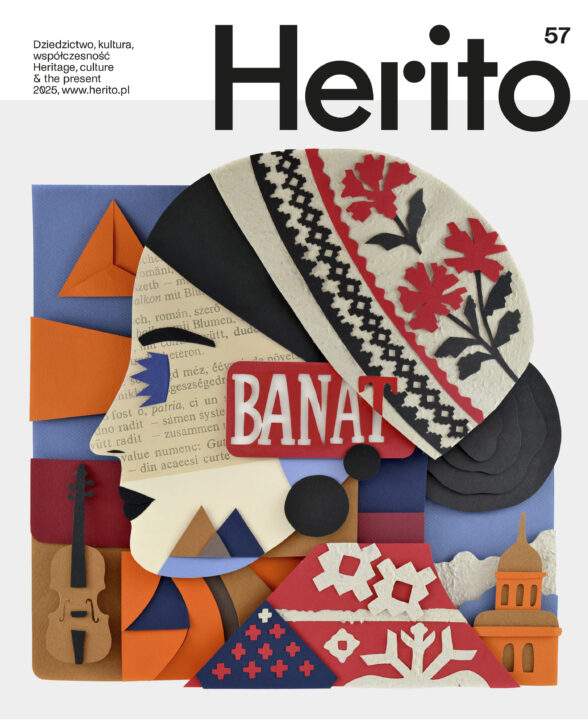
The Banat has always been hidden on the fringes, in the moisture-wrapped corner of the map of Dacia, the Ottoman Empire, the Habsburg monarchy and finally Austro-Hungary, which treated the region as a buffer zone separating two worlds. Colonised with vigour, however, it became a new home for Europeans lured by the promise of prosperity - from Barcelona to the Vistula. Did those who eventually stayed create a multicultural atmosphere, or merely closed enclaves, scattered chaotically across the map? Is the Banat's multi-ethnicity a marketing slogan or a worldwide phenomenon? What is the region today, whose name is even a Habsburg concept, and how does it cherish its centuries-old heritage?
Premiere:2025
Belarus
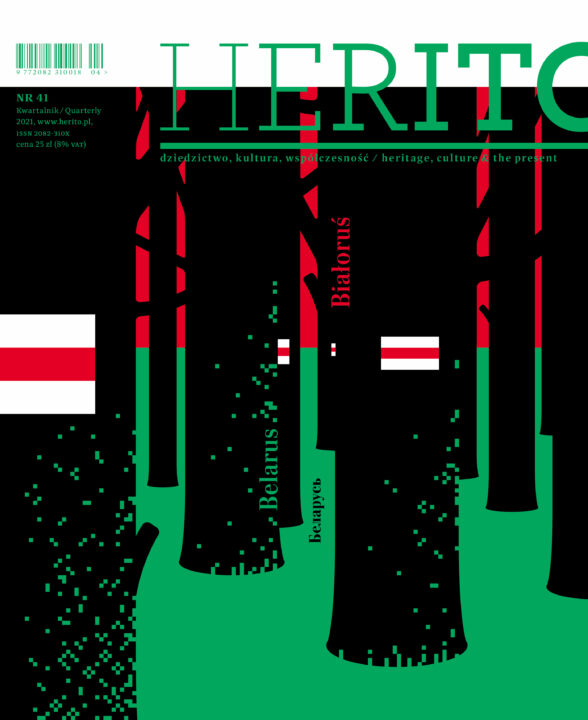
Belarus is much closer to us than it appears to be at first sight: not only because of our shared history or the still ongoing democratic uprising, vividly reminiscent of the events of the 1980s in Poland and other Central European countries.
Premiere:2021
Carpathians

They span over nearly fifteen hundred kilometres across the territories of eight countries and cover the space five times the size of Switzerland. For centuries they have offered the ground for the development of cultures and small centres of the world of the Boykos, Lemkos, Hutsuls, Wallachians, Székelys, and the Transylvanian Saxons.
Premiere:2019
Cities for Thought

Adam Zagajewski described present-day Lviv as a city half-existing, half-abandoned, lost and half-regained. The Lviv that the poet wrote of is at once the pars pro toto of the Central European city syndrome – not fully belonging to anyone, neither to those who live in it nor to those who lost it. And how many other cities we could insert in place of Lviv! The cities tied like a Gordian knot. But there is no Alexander to come, and we have to start patiently untangling these knots ourselves.
Premiere:2011
Cold War Modern Architecture
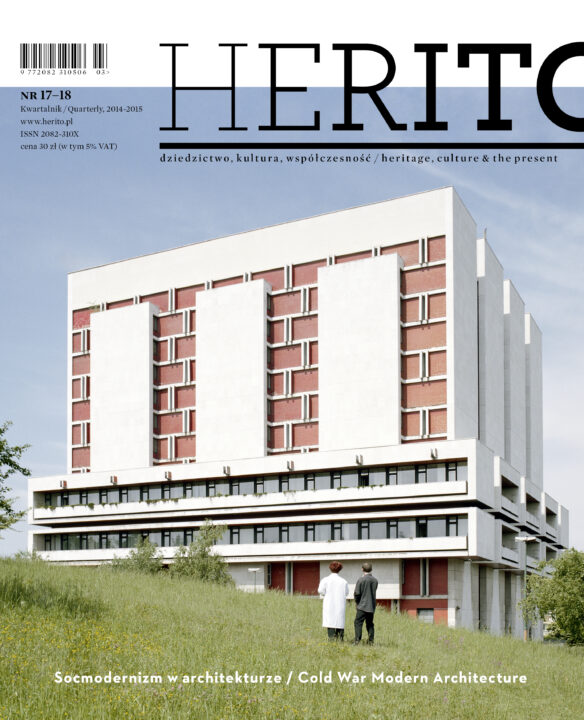
Twenty years ago Adam Miłobędzki used the term “socmodernism” to denote the period from the 1950s to the 1980s, and attempted to evaluate it for the first time in The Architecture of Poland published by the ICC. The assessment was not at all favourable.
Premiere:2015
Copyright © Herito 2020
